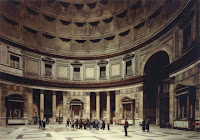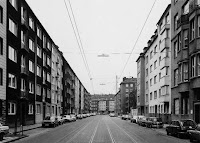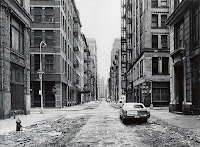




Struth trained at the Dusseldorf Academy from 1973-1980. His early works consisted of huge black and white shots os streets in Japan, Europe and America. Through photographs he attempts to show the relationship between people and their modern day environment
In the mid-1980s Struth added a new dimension to his work when he started to produce family portraits. This was after a meeting with psychoanalyst Ingo Hartmann. These works attempt to show the underlying social dynamics within a seemingly still photograph. His photos are usually praised for their clinical objectivity. He said that a photograph "has a clear language, one that speaks openly not only about its subjects ... but also very much about the attitude of the photographer toward these things. In this regard, a photograph is always objective."
Trained as a painter he even seems to imply that the best photography aspires to the condition of painting. Critics usually contrast these scenes of geometric serenity with the passionate cinematic photographs of Andreas Gursky. Unlike Struth, Gursky clearly believes that photography has surpassed and displaced painting
Like Atget his pictures are without people. Atget populated his pictures with the cities character in the form of objects and compositions. Struth's pictures, with their balance and perfection captures the essence of the city in a different way. The Crosby Street, New York (SoHo) (1978) and Sommerstrasse, Düsseldorf (1980) make these two very different cities look identical.
This is why, in Struth's museum photographs, the figures in the paintings seem uncannily more real than the actual, living people looking at them. In a photograph of people standing before a Seurat painting the painting itself is active, not the people staring at it. We recall that Seurat based his paintings on photographic principles. His famous photograph of The Chicago Art Institute has a balance that makes the frame almost become like a window on the wall, and the woman viewing an active member of the painting.
No comments:
Post a Comment